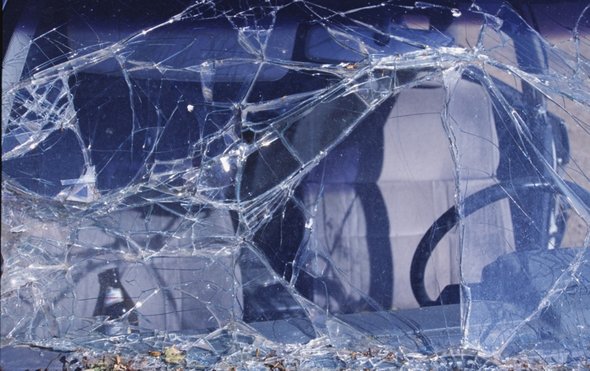(单词翻译:单击)
听力文本
This is Scientific American — 60-Second Science. I'm Steve Mirsky.
Tomorrow is April 20th—4/20. It's sometimes called a "High Holiday". Because for a lot of people, 4/20 is Marijuana Day. And for them it's kind of a tradition to start lighting up at 4:20 P.M. on 4/20. Which led a couple of researchers in Canada to wonder if there was any evidence for an increase in traffic deaths related to the occasion.
They got access to the United States National Highway Traffic Safety Administration's Fatality Analysis Reporting System. Which tracks all public road accidents in which at least one person died. And they looked at the numbers on 4/20 from 4:20 P.M. through midnight. From 1992 through 2016. They also examined traffic deaths related to accidents on the day one week earlier and the day one week later during the same hours.

The result: a 12 percent increase in fatalities related to traffic accidents on 4/20 after 4:20 P.M. compared with the control dates. And for drivers 20 and under the figure was much higher, more than a 30 percent increase in some states. The research is in the journal JAMA Internal Medicine.
Of course, this study does not prove that impaired driving caused by marijuana consumption was the cause of the higher death rate. For example, could be that drivers crashed while simply trying to light up.
Scientific American has long supported making it easier for researchers to study marijuana's medicinal effects as well as decriminalization in general. But we're still against driving while intoxicated—so if you're gonna be toking, keep those pistons from stroking. The pistons in the engine. Of the car. Just don't drive.
For Scientific American — 60-Second Science. I'm Steve Mirsky.
参考译文
这里是科学美国人——60秒科学。我是史蒂夫·米尔斯基。
明天是4月20日——4/20。这一天有时被称为“嗨假日”。因为对很多人来说,4月20是大麻日。在4月20日下午4点20分开始点烟是他们的传统。这使几名加拿大研究人员想知道,是否有证据表明这种活动与交通死亡人数增加有关。
他们访问了美国国家公路交通安全管理局的死亡分析报告系统。该系统追踪所有至少造成1人死亡的公共交通事故。他们查看了1992年至2016年4月20日下午4点20分至午夜12点的数据。他们还调取了4月20日一周前那天以及一周后那天同一时间段的交通事故死亡数据。
结果是:与前后一周相比,4月20日下午4点20分之后的交通事故致死人数增加了12%。20岁及以下司机的死亡数量还要更高,一些州的死亡人数增幅甚至超过了30%。这项研究结果发表在《美国医学会杂志·内科学》上。
当然,这项研究不能证明大麻消费导致的危险驾驶是死亡率上升的原因。例如,有可能是司机在试图点烟时发生了碰撞事故。
《科学美国人》长期以来一直支持让研究人员更容易研究大麻的药用效果以及一般非刑事化。但是我们仍然反对吸食大麻后驾驶——如果你要吸食大麻,那就别让汽车活塞活动。活塞在汽车引擎中,也就是说不要开车了。
谢谢大家收听科学美国人——60秒科学。我是史蒂夫·米尔斯基。
译文为可可英语翻译,未经授权请勿转载!
重点讲解
重点讲解:
1. light up 点烟;开始吸烟;
He held a match while she lit up.
他拿了根火柴为她点烟。
2. a couple of 两个;几个;
Mason went home for a couple of hours 'kip.
梅森回家睡了几个小时。
3. look at 检查,察看;
You run the software, you look at the output, you make modifications.
运行该软件,查看输出结果并进行修正。
4. compared with 与…相比;和…比起来;
Compared with our opponent, we have a slight advantage.
双方实力相较,我方略优于对方。


